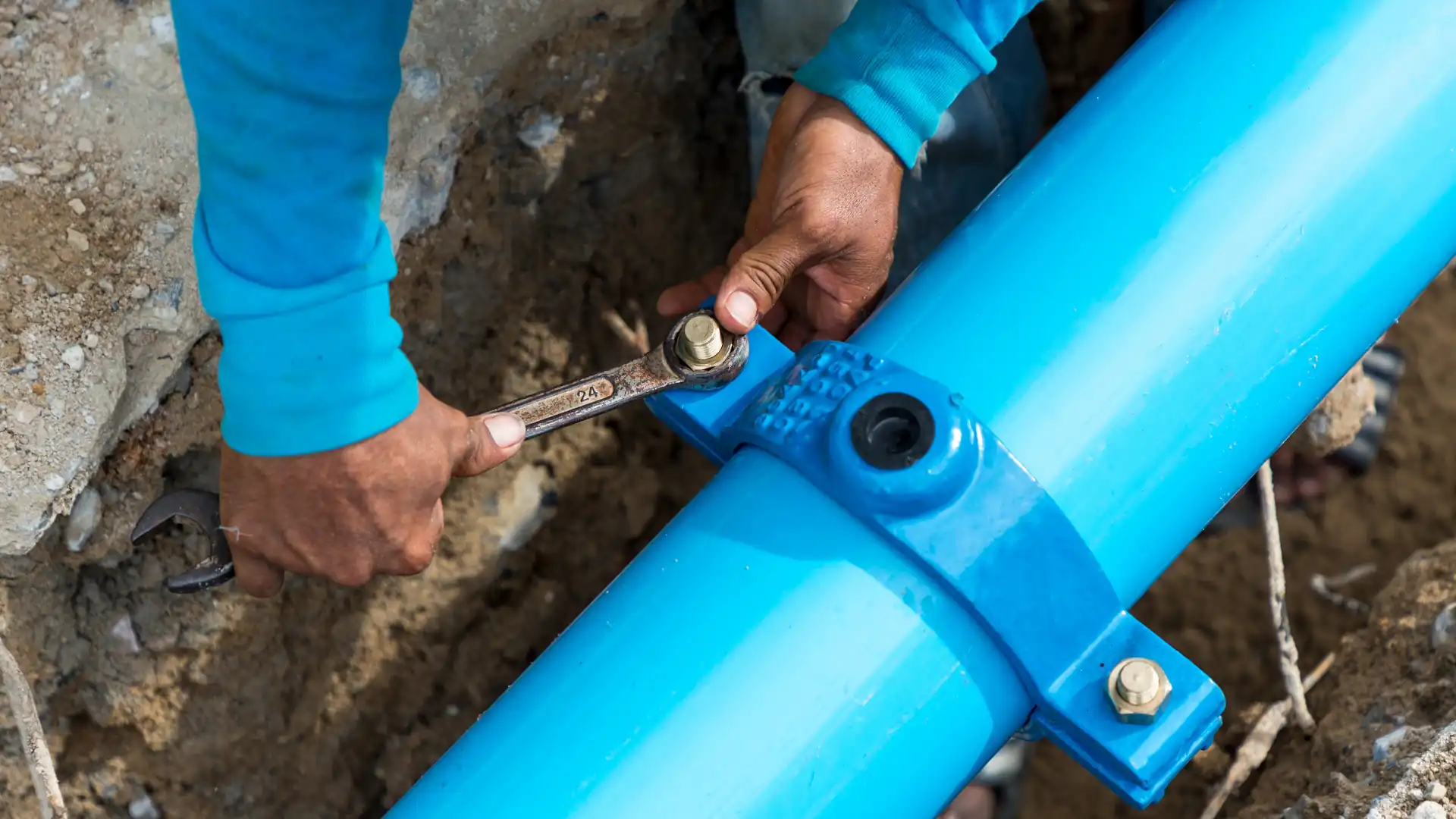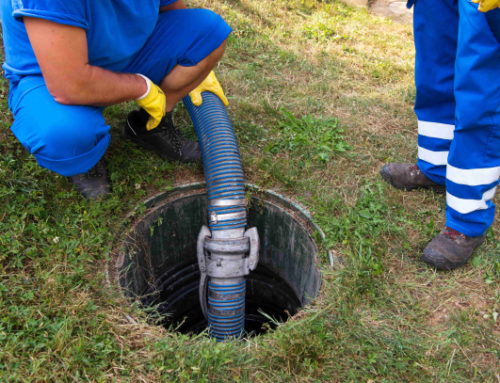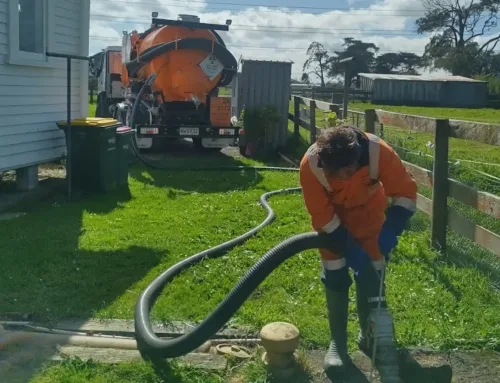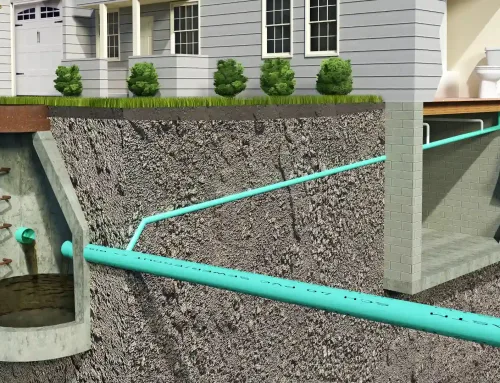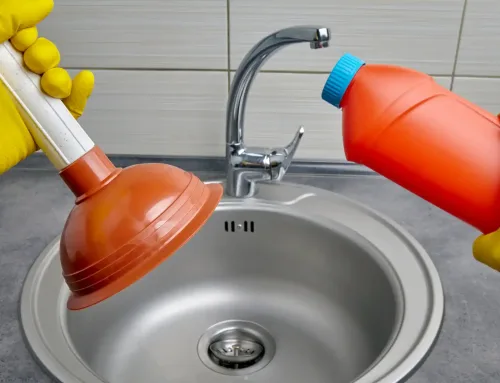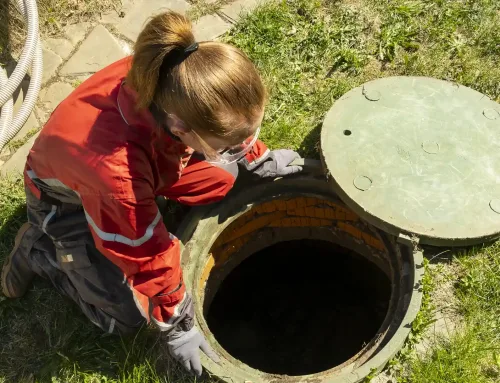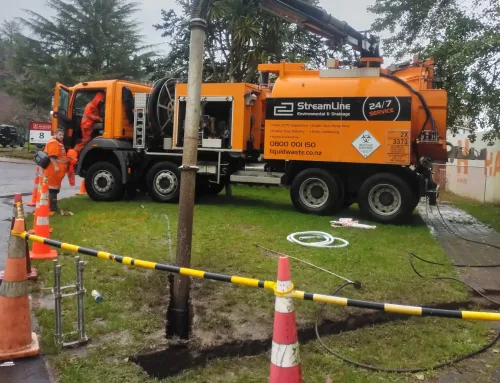Drainpipes are the unsung heroes of our homes, silently whisking away wastewater to keep our living spaces clean and functional. However, when these pipes show signs of wear and tear, a common question arises: Should I repair or replace my broken drainpipes?
As experts in all things drainage, from septic tank drainage to CCTV drain inspections, we have created a comprehensive guide to explore the various aspects of this dilemma, helping you decide whether to replace or repair your broken drain pipe.
Signs of Damaged Drainpipes
Visible Leaks
Leaky pipes pose an immediate threat to your plumbing system and property. You can usually spot them by observing water dripping or pooling around the pipes. This visible leak is a clear red flag, signalling potential damage. If left unattended, water leaks can lead to structural problems, mould growth, and higher water bills. Therefore, it’s important to investigate and fix visible leaks immediately to prevent further damage and avoid potential hazards.
Water Stains
Stains on walls or ceilings indicate a slow leak within your drainpipes. These stains are often brownish and may signify water damage. Identifying and promptly addressing these stains is essential to prevent structural damage and mold or mildew development. Stains on the ceiling could suggest a plumbing leak if a bathroom is above it. Regular inspections can save you from more extensive and costly repairs in the future.
Unpleasant Odours
Foul smells emanating from your drains are a potential indicator of a blockage or damaged pipe. Accumulating debris, organic matter, or stagnant water can contribute to unpleasant odours. Identifying and fixing this issue promptly restores a pleasant living environment and prevents potential health hazards associated with sewer gases. Regular maintenance and cleaning can mitigate odours and keep your plumbing system functioning optimally.
Slow Drainage
If your sink or bathtub is experiencing slower drainage than usual, it may be due to a partial blockage or damage in the drainpipes. This slow drainage could result from a buildup of debris, grease, or even tree roots infiltrating the pipes. Addressing slow drainage is essential to prevent complete blockages and more extensive damage to your plumbing system. Regular cleaning and maintenance can help maintain optimal drainage and prevent potential issues.
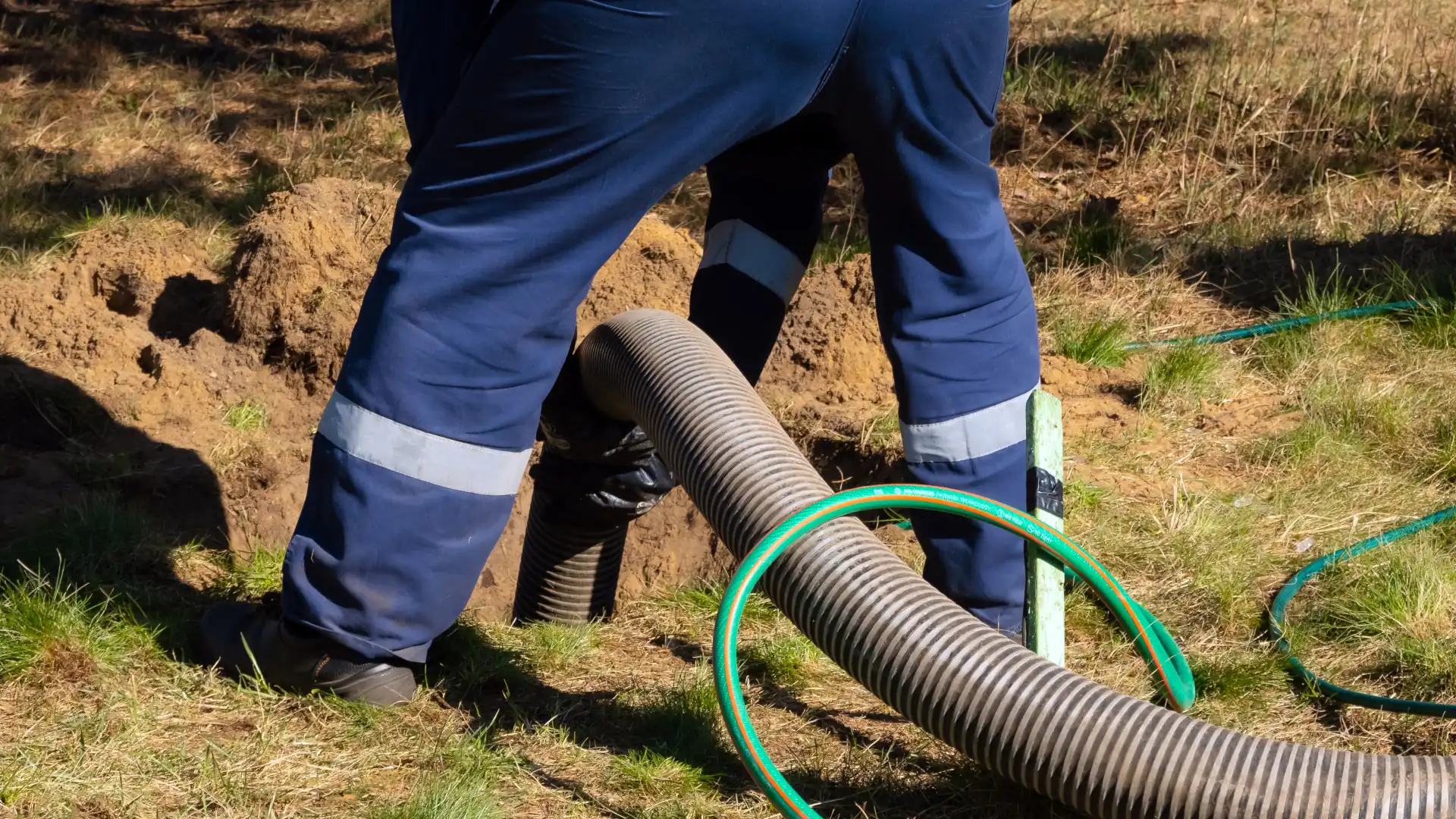
Pros and Cons of Repairing Drainpipes
Cost-Effective Solution
Repairing drainpipes is often a cost-effective solution, particularly for minor issues. It allows you to address specific problems without an extensive overhaul. This affordability makes repairs an attractive choice for homeowners on a tight budget, providing a quick fix that can extend the lifespan of existing pipes.
It May Only be a Temporary Fix
While repairs effectively address immediate drainage issues, they may not offer a long-term solution. More frequent interventions may be necessary over time. Regular maintenance is crucial to monitor and address recurring problems.
DIY vs Professional Help
Simple repairs can be undertaken as DIY projects by homeowners. However, it’s crucial to recognise the limits of DIY repairs. Complex issues or those requiring specialised tools demand professional expertise. Knowing what can be handled independently and when to seek professional help is critical to ensuring effective and lasting solutions.
